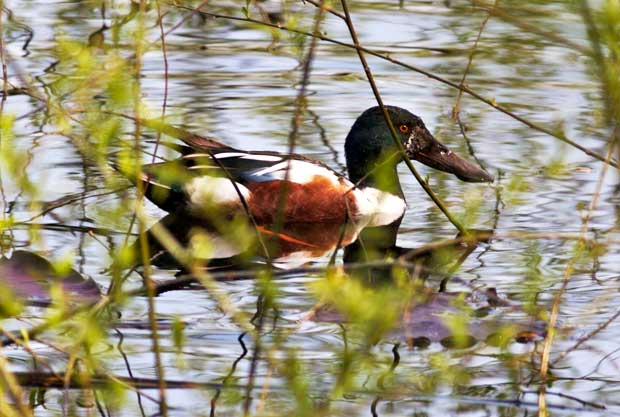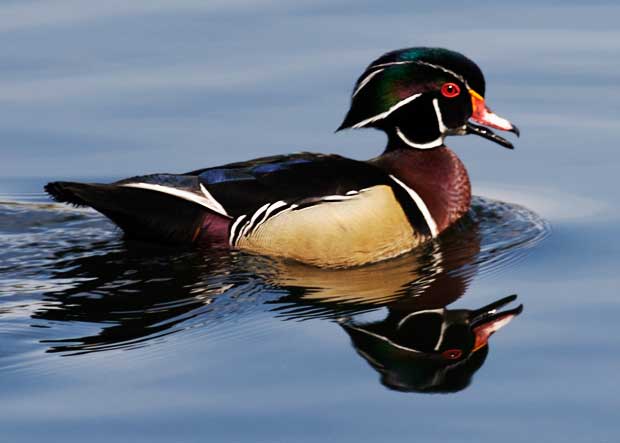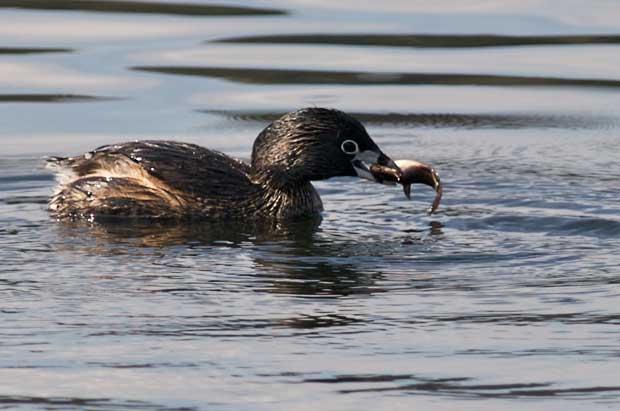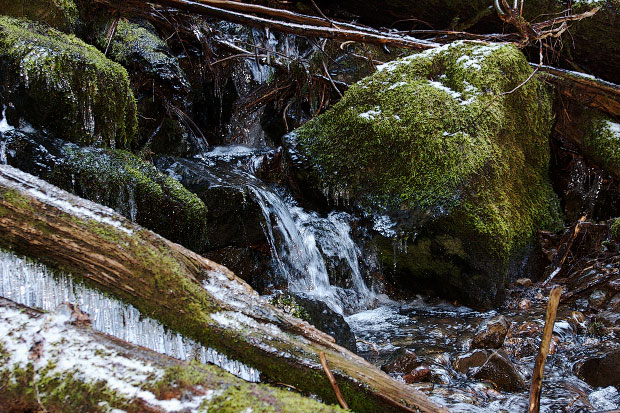Although I managed to spend one of the sunniest days this year in a jewelry workshop today, I did manage to get out for a walk yesterday when I had to pick up some medicine for Skye.
I had to drive to Steilacoom, quite a ways from home so I made the best of the trip and made a side trip to Waughop Lake since I’ve often found ducks there that I haven’t found anywhere else nearby.
I didn’t see any unusual ducks, but I managed to get much closer to several ducks than I have before.
I actually got a clearer shot of this Northern Shoveler, but I love the way this shot emphasizes it’s salient feature:

This is probably the clearest shot I’ve managed to get of a male Wood Duck, who happened along while I was quietly watching the Shoveler:

I think I actually spent the most time watching this Pied-Billed Grebe catching this small fish, which seemed huge in comparison to this relatively small bird:

All in all, it seemed like a wonderful day, despite having to fight traffic.



